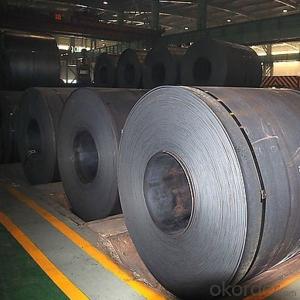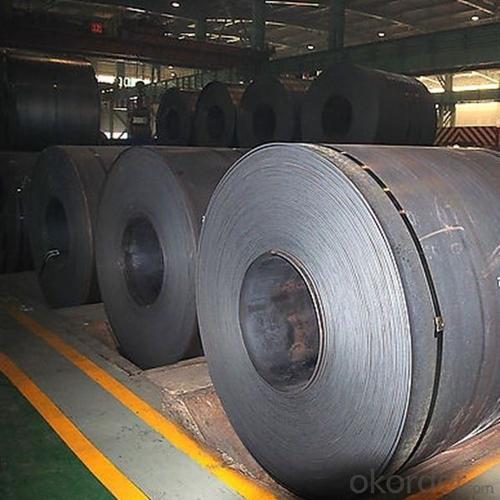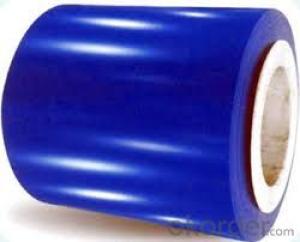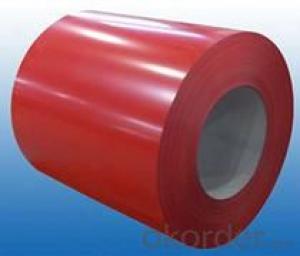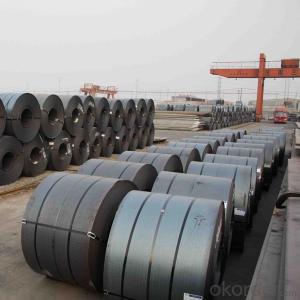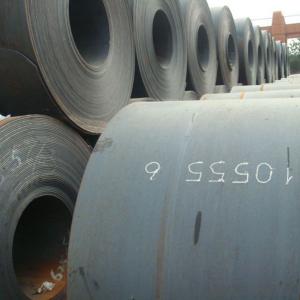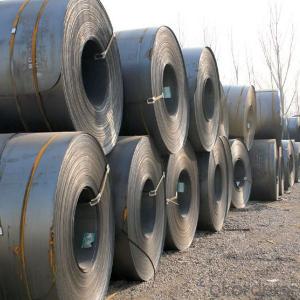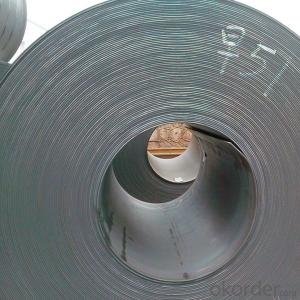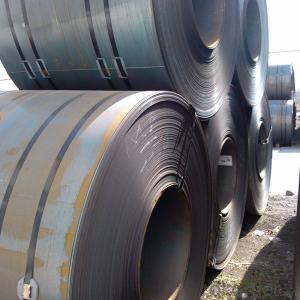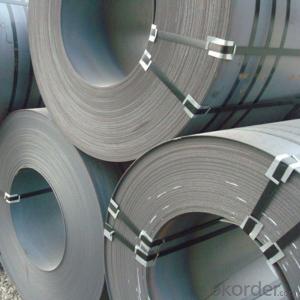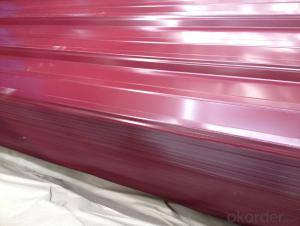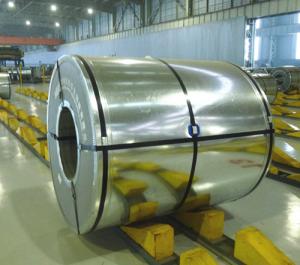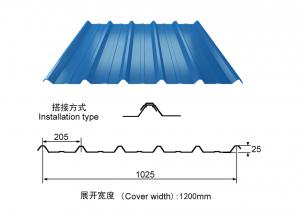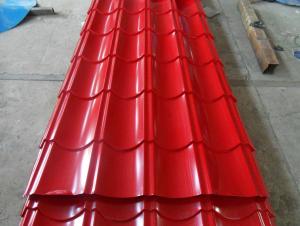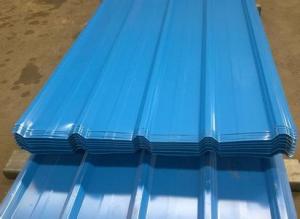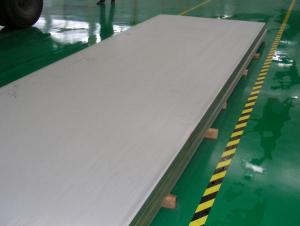Hot Rolled Steel Sheets SS400 Made In China
- Loading Port:
- Tianjin
- Payment Terms:
- TT OR LC
- Min Order Qty:
- 25 m.t.
- Supply Capability:
- 100000 m.t./month
OKorder Service Pledge
OKorder Financial Service
You Might Also Like
Specification
DESCRIPTION:
GRADE: SS400, ASTM A36, A572, ST37,ST52, Q195, Q215, Q235,Q345, S235JR etc.
STANDARD: GB/T709-2006, ASTM A36, JIS G3101, DIN EN 10025, SAE 1045, ASTM A570
SPEC: 1)Width: 600-2500mm or 1000,1050,1250,1500,1800,2000mm
2)Thickness:1.5mm-200mm or as customers’ special requirements;
3)Length: 2-12m or as customers’ special requirements
FEATURES OF STEEL COILS
(1)Good ductility
(2)Good corrosion resistance
(3)Excellent abrasion resistance and fatigue strength
(4)Good weldability
(5)Oxidation resistant performance
(6)Excellent in high temperature
DETAILED PICTURES FOR STEEL COILS
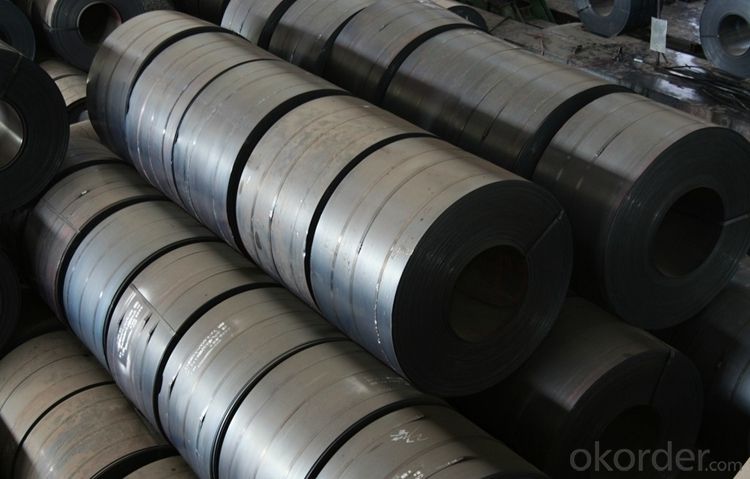
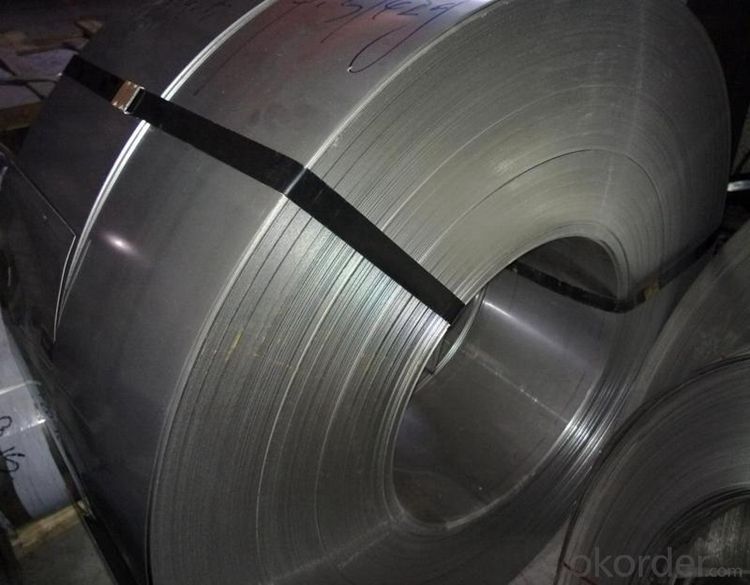
FAQ:
Q:Do you have OEM service?
A: Yes.Variety of products size,quality and quantity can be customized according to your need.
Q:Could you support free sample?
A:Yes.We can supply FREE samples.But the delivery charges will be covered by our customers.
Q:How about the delivery time?
A:Within 15-30days after receiving the deposit or L/C at sight.
- Q: Are steel sheets suitable for high-vibration environments?
- Yes, steel sheets are suitable for high-vibration environments. Steel is a strong and durable material that can withstand vibrations without experiencing significant deformation or damage. It is commonly used in industries such as construction, automotive, and aerospace, where high-vibration environments are common. Additionally, steel sheets can be designed and manufactured to have vibration-damping properties, further enhancing their suitability for such environments.
- Q: Can steel sheets be used for staircase railings?
- Indeed, staircase railings can be fashioned from steel sheets. Steel, renowned for its durability and strength, is frequently employed in construction and engineering endeavors. By manipulating steel sheets, one can fashion diverse forms and patterns, resulting in chic and contemporary staircase railings. Such railings can be effortlessly tailored to complement various architectural styles and personal tastes. Furthermore, steel railings are celebrated for their enduring nature and minimal upkeep demands, rendering them a favored option for staircase installations.
- Q: Can steel sheets be used for automotive body reinforcements?
- Yes, steel sheets can be used for automotive body reinforcements. Steel sheets are commonly used in automotive manufacturing due to their high strength and durability. They provide structural support and help enhance the safety and rigidity of the vehicle's body.
- Q: What is the process of forming corrugated steel sheets?
- The process of forming corrugated steel sheets involves passing flat steel sheets through a series of rollers that have corrugated patterns. These rollers apply pressure to the steel sheets, creating the desired corrugated shape. This process increases the strength and durability of the steel sheets, making them suitable for various applications such as roofing, siding, and packaging.
- Q: Stainless steel drawing plate, polishing plate, mirror panels of the three differences
- Drawing process will to some extent lose the thickness of stainless steel plate, usually at 0.1~0.2mm. In addition, because the human body, especially the palm has a relatively strong oil and sweat secretion, stainless steel wire drawing board often hand touch will leave a more obvious fingerprints, regular scrub.
- Q: Are steel sheets resistant to warping or bending under load?
- Yes, steel sheets are generally resistant to warping or bending under load due to their high strength and stiffness.
- Q: Can steel sheets be painted or coated after installation?
- Yes, steel sheets can be painted or coated after installation. The paint or coating can provide added protection against corrosion and enhance the aesthetic appearance of the steel sheets.
- Q: Are the steel sheets perforated or solid?
- The steel sheets are perforated.
- Q: Can the steel sheets be used for industrial machinery?
- Industrial machinery can indeed utilize steel sheets. Steel, known for its robustness, endurance, and resistance to damage, is a favored option for constructing industrial machinery. By shaping, cutting, and welding steel sheets, manufacturers can produce diverse components and parts essential for industrial machinery. The adaptability of steel empowers manufacturers to design and fabricate machinery that precisely meets specifications and demands. Furthermore, steel's capacity to endure hefty burdens, extreme temperatures, and corrosive surroundings renders it suitable for a vast array of industrial applications.
- Q: What is the difference between hot-rolled and cold-rolled steel sheets?
- The main difference between hot-rolled and cold-rolled steel sheets lies in the manufacturing process and the resulting characteristics of the steel. Hot-rolled steel sheets are made by heating a large steel slab and passing it through rollers at high temperatures. This process allows the steel to be easily shaped and formed into various sizes and thicknesses. The high temperature also helps to eliminate any residual stress within the steel, making it more ductile and malleable. As a result, hot-rolled steel sheets have a rougher surface finish and may have some scale, which is a thin oxide layer on the surface. However, they also tend to be less expensive and have a wider range of available sizes. On the other hand, cold-rolled steel sheets are made by cooling down the hot-rolled steel and passing it through rollers at room temperature. This process not only reduces the thickness of the steel but also improves its surface finish and dimensional accuracy. Cold-rolling imparts a smooth and shiny appearance to the steel sheets, making them ideal for applications where aesthetics are important. Additionally, the cold-rolling process increases the strength and hardness of the steel, making it more suitable for high-stress applications. However, the cold-rolled steel sheets are generally more expensive due to the additional processing involved. In summary, hot-rolled steel sheets offer better formability and lower cost, but have a rougher surface finish and may have some scale. Cold-rolled steel sheets, on the other hand, have superior surface finish, dimensional accuracy, and strength, but are more expensive. The choice between hot-rolled and cold-rolled steel sheets depends on the specific requirements of the application, including the desired surface finish, strength, and cost considerations.
Send your message to us
Hot Rolled Steel Sheets SS400 Made In China
- Loading Port:
- Tianjin
- Payment Terms:
- TT OR LC
- Min Order Qty:
- 25 m.t.
- Supply Capability:
- 100000 m.t./month
OKorder Service Pledge
OKorder Financial Service
Similar products
Hot products
Hot Searches
Related keywords
